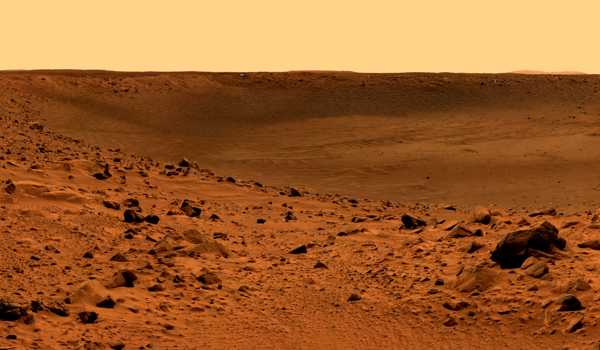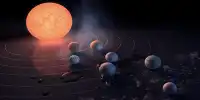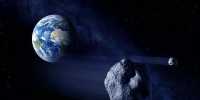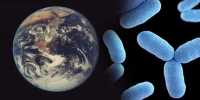Mars is a perplexing planet. We know it originally had a lot of water on its surface because of rover and satellite data, which normally indicates warm and wet circumstances. However, evidence implies that the planet has always been cold, even in the ancient past, but it is not a frigid, dry desert. These two theories are frequently at conflict, but new evidence reveals that they may both be correct: ancient Mars was most likely a freezing, wet place. Researchers set out to develop a model that may explain the strange features seen on Mars. Could there be a third alternative if the world was not warm and wet or freezing and dry?
They believe their cold and wet scenario can explain the existence of a massive liquid ocean in Mars’ Northern Hemisphere, extending to its polar area, and have published their findings in Proceedings of the National Academy of Sciences. The model, on the other hand, has to account for both a liquid ocean and ice-capped places, such as glacial valleys and ice sheets in the southern highlands.

Scientists researching Mars have discovered evidence of past tsunamis that wreaked havoc on the planet. These tsunamis would not have occurred if the ocean had frozen due to the extreme cold. However, a milder temperature would have allowed water to transfer from the ocean to the land via precipitation. Cold and damp weather, on the other hand, could have existed. To determine the necessary characteristics for this scenario, the scientists employed a sophisticated general circulation model.
They determined that an ocean might have remained stable 3 billion years ago, even if the average temperature of Mars was below 0°C (32°F), the freezing point of water. They imagined glaciers flowing across the plains and returning to the ocean, with ice-covered plateaus in the south. Around the shoreline, rainfall would have been modest. The ocean surface temperature might reach 4.5°C (40°F) in this scenario, which is not tropical but warm enough to keep water liquid.
The key to these circumstances is in the air. In comparison to Earth’s atmosphere, Mars’ atmosphere has a density of around 1%. However, if it was roughly the same in the past and made up of around 10% hydrogen and the rest carbon dioxide, this scenario would work. Previous studies have revealed substantial evidence for a thicker atmosphere before the Sun’s constant bombardment of particles ripped it from the planet. The concept is convincing in describing Mars’ quirks, but much more information is required fully comprehend what the Red Planet was like billions of years ago.
















